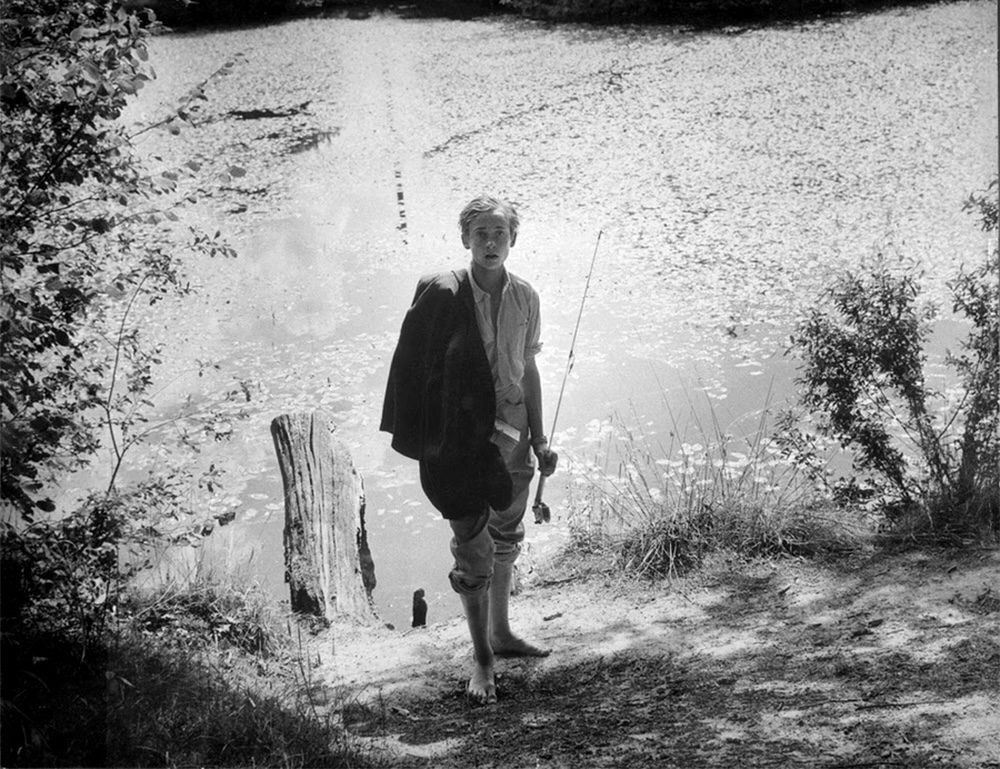Willy Ronis
Willy Ronis (1910–2009) was a French humanist photographer celebrated for his warm, lyrical depictions of everyday life. Born into an immigrant family in Paris’s Cité Condorcet, he grew up surrounded by art and music—his father ran a portrait studio in Montmartre while his mother taught piano. After taking over the family studio in the early 1930s, Ronis sold it in 1936 to pursue freelance work that moved beyond commercial portraiture.
Ronis joined the Rapho agency and quickly distinguished himself alongside peers such as Brassaï and Robert Doisneau. His early journalistic assignments captured Parisian street scenes—market vendors, children at play, couples dancing on the quays—imbued with a sense of intimacy and spontaneity. In 1955 Edward Steichen selected Ronis for The Family of Man exhibition at MoMA, recognizing his ability to reveal universal human connection through quietly poetic imagery.
Throughout his career Ronis balanced editorial commissions—from Life to Paris Match—with personal projects in Provence and Corsica, where he photographed fishermen, farmers, and sunlit landscapes with equal empathy. He published several monographs, including Rue de la Huchette and Provence Intime, and received the Grand Prix National de la Photographie in 1981.
A committed advocate for photographers’ rights, Ronis helped found the Maison Européenne de la Photographie and lectured widely on the craft. His work remains a touchstone of the humanist tradition, demonstrating how compassion and artistry can combine to capture the extraordinary in the ordinary.






